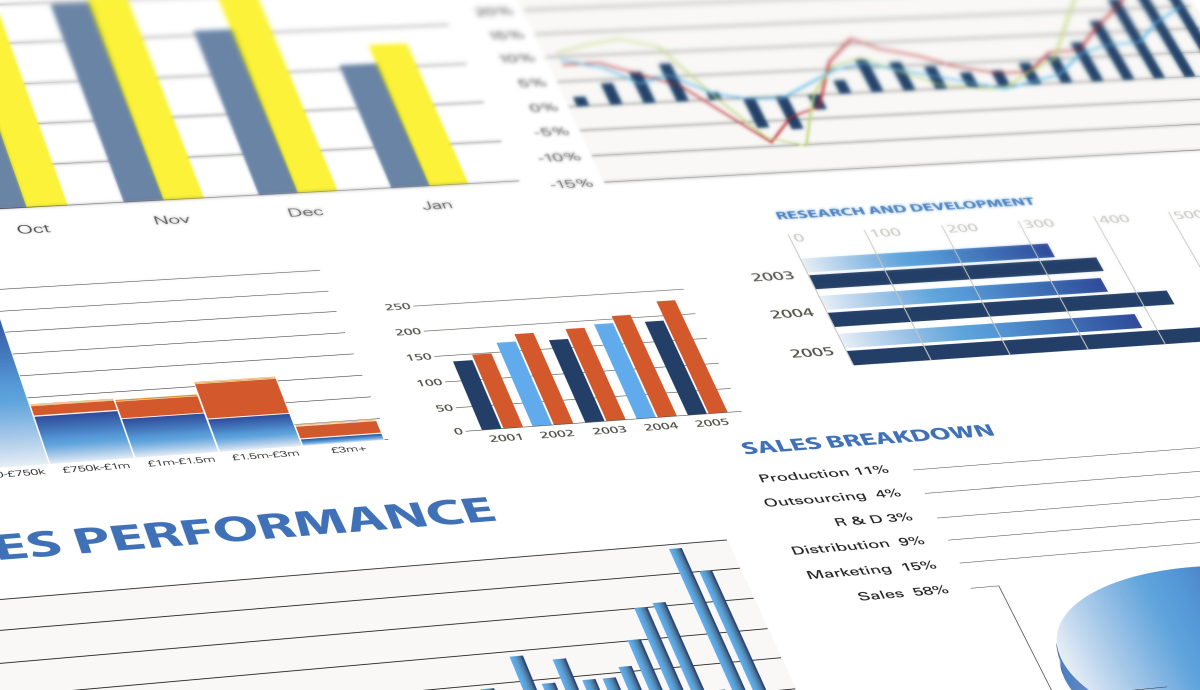Sustainable Pipline

Sustainable
Building a Sustainable Pipeline
Do you produce accurate numbers of your forecast and build your business on solid foundation or do they provide false comfort for you and your sales people?
Knowledge of the level of sales; continuous, repeat and new business, you will get in the year to come is essential.
The tool used to forecast sales is the sales pipeline report where information about prospects, customers and specific opportunities is brought together to present a complete view of the future. However, if the source data is unreliable then your projections could just be a pipedream.
Realistic account plans, and trends in ad hoc revenue provide a basis for how much money you will get in, when and at what profit, providing a good foundation for the rest of the business plan. You now have the essential input to the cash flow forecast, a projection of capital requirements, tax planning and the basis for a resource forecast. You also have what you need to talk to the bank, to other investors and to any other key stakeholders in the business.
Accurate pipeline information is a critical success factor (CSF), which needs to be tracked with the same rigour as any other key performance indicator (KPI).
The terms CSF and KPI are frequently over used; most are neither critical nor key. Knowing where the business is, where it will go and by when is CRITICAL and being able to accurately measure this position is KEY to managing a healthy business presenting no unpleasant surprises. Real KPIs provide leading indicators and “the best way to predict the future is to create it”.
So, it is critical that your pipeline is populated with dependable data provided by people who understand the importance of its accuracy. It is equally important that they are equipped to provide accurate information and that they have a vested interest in providing a realistic forecast. Hence Pipeline or Pipedream?
Probabilities
A probability calculator used consistently by everyone who provides input to the pipeline report is a valuable tool. The approach to calculating probabilities is crucial and must not allow too much space for creativity and opinion such as “I feel we will get the order”, without some solid facts to back it up.
If your sales cycle is say three months, then at the end of March, you should know where you will get orders in April, May and June. As the sales cycle is on average three months with some deals happening more quickly, it would be normal to know where you will get around 95% of the April target, 80% of May’s and 60% of June’s. You now know what you must do to fill the gaps in each month’s target.
As you won’t win everything in the pipeline, the total value must be greater than your target for each month and this is factored down by the percentage probability applied to each individual deal. Now you have valuable leading indicators plus the time to address any problems.
This is your short-term forecast which you use to monitor actual revenue potential within the normal sales cycle period.
Activity Management
Continuing to use the example of a three month sales cycle, at the end of March you will have little knowledge of where the business will come from to meet your targets for July, and beyond. To fill the gap you need to monitor the foundation activities which produce the actual opportunities.
Let’s say that your monthly revenue target is £100,000 then you must sell an average of £100,000 per month or more to grow. Let’s also say that 10 expressions of interest lead to 7 meetings which lead to 4 proposals/quotations which produce 2 new orders at an average value of £50,000.
Before you get to expressions of interest there will be a huge amount of sales and marketing activity which might mean that you have to “touch” say 150 suspects to find the 10 prospects who express an interest. So you would use the selling ratio 150:10:7:4:2 as the basis for monitoring and managing the foundation sales and marketing activity.
Regular pipeline monitoring, commencing when potential opportunities arising from meetings move into the pipeline report, should include both probability and deal value to ensure the overall potential will satisfy your targets.
This is where you get your long-term forecast, hence managing the productivity and effectiveness of activity really matter.
Summary
- If you have never produced forecast before don’t worry, make some assumptions and get started
- Identify the key activities and monitor them rigorously
- Ensure you have a standard approach to probabilities and that everyone follows it
- Test the selling ratio regularly to ensure your assumptions are correct
- Look at the deals done to ensure you are getting the desired result and if not make changes to the ratio and probability rules until you get it right.

Speak to us about your needs.
Barrett Sales Blog




